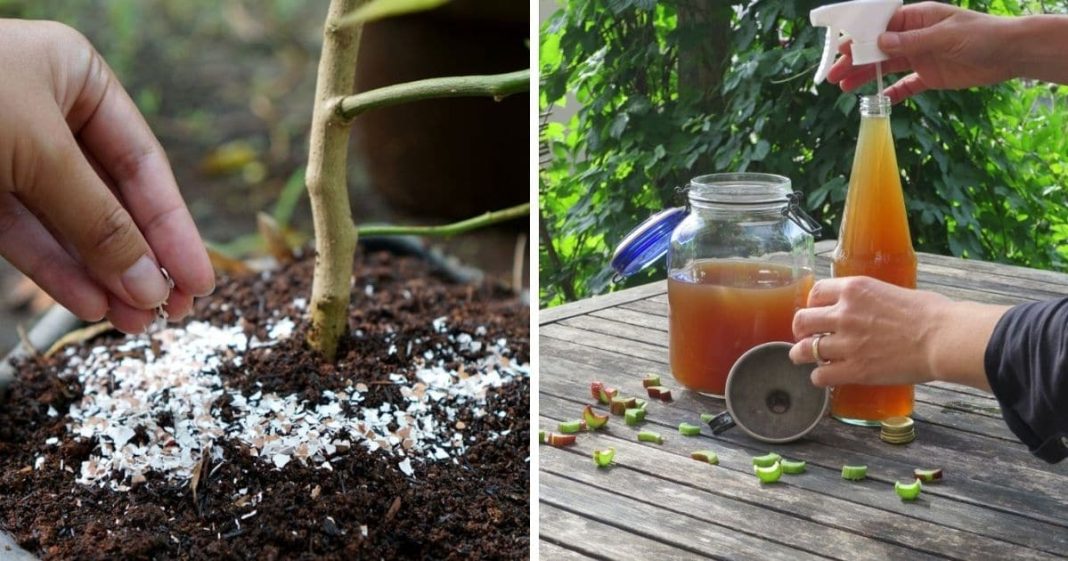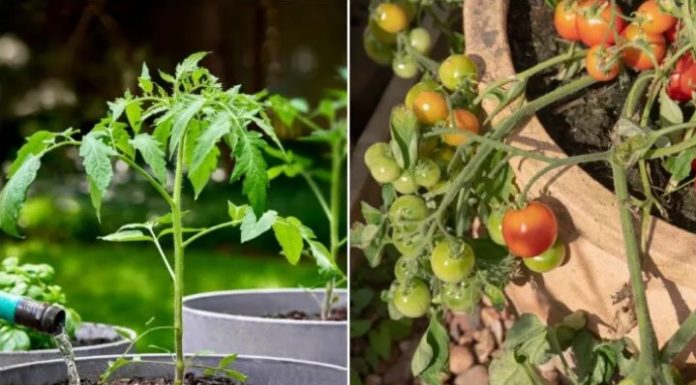Creating homemade organic fertilizers is a sustainable and effective method to nurture plants naturally. Here are the top 10 organic fertilizers you can make at home, along with instructions on how to prepare them:
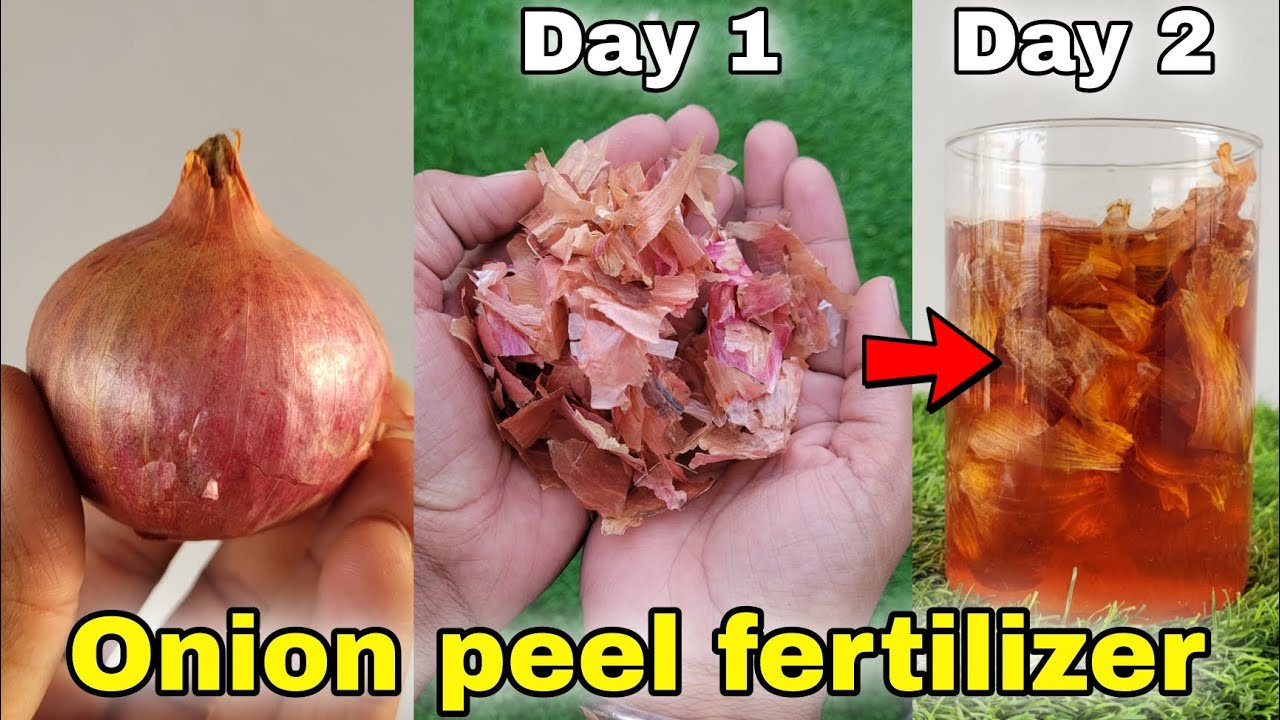
Onion Peel Fertilizer: Onion peels are rich in potassium and other essential nutrients. To make this fertilizer, collect onion peels from your kitchen and dry them in the sun. Once dried, grind them into a fine powder. Mix the powder with water in a ratio of 1:5 and let it steep for a few days. Strain the liquid and dilute it with water before applying it to your plants.
Horse Manure Fertilizer: Horse manure is a valuable source of nitrogen, potassium, and phosphorus. Collect horse manure from a local stable or farm and compost it for several months to eliminate any harmful pathogens. Once composted, spread the manure around the base of your plants, ensuring it is well mixed into the soil.
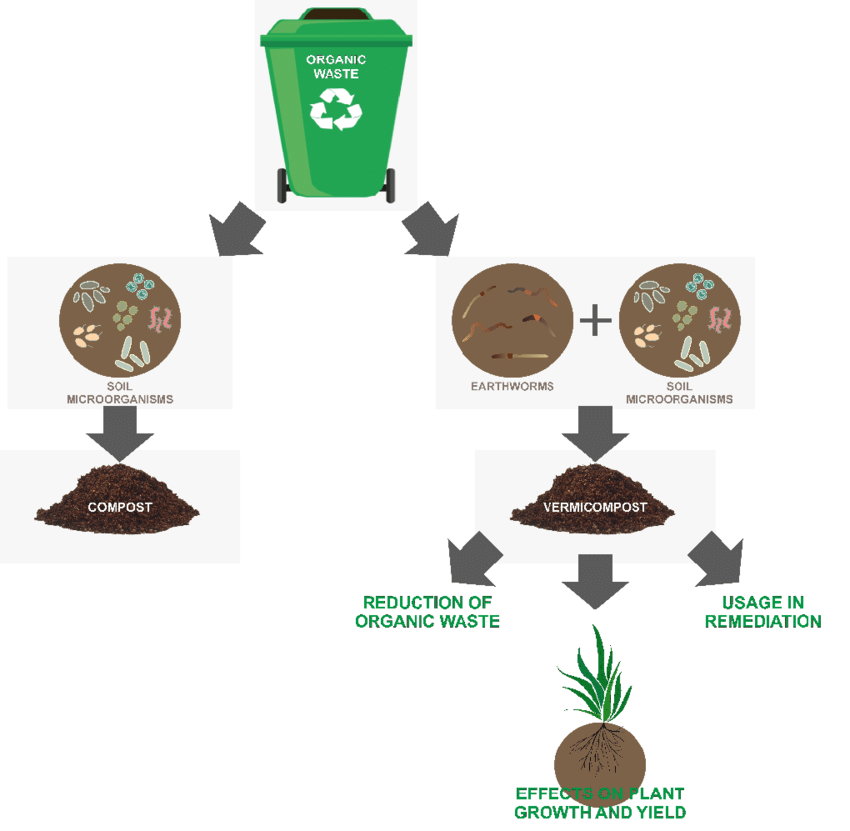
Organic Waste Compost: Use kitchen scraps such as fruit peels, vegetable trimmings, and coffee grounds to create nutrient-rich compost. Layer the organic waste in a compost bin or pile, alternating between green materials (such as food scraps) and brown materials (such as leaves or shredded paper). Turn the compost regularly to aerate it and speed up decomposition. Once the compost is dark, crumbly, and earthy-smelling, it is ready to use as fertilizer.
Coffee Grounds: Coffee grounds are an excellent source of nitrogen, making them ideal for fertilizing leafy plants. Simply collect used coffee grounds from your coffee maker or local cafe and spread them around the base of your plants. Alternatively, you can mix the coffee grounds with water to create a liquid fertilizer. Allow the mixture to steep for a few days before straining and applying it to your plants.
Green Wood Ash: Green wood ash from fireplaces or stoves is rich in potassium and minerals. To make this fertilizer, collect the ash from your fireplace or wood-burning stove and let it cool completely. Sprinkle a thin layer of ash around the base of your plants, avoiding direct contact with the stems or leaves.
Straw: Straw is an excellent source of carbon and can help improve soil structure. To use straw as fertilizer, spread a thick layer of straw mulch around your plants, ensuring it covers the soil surface completely. As the straw decomposes, it will release nutrients into the soil and improve moisture retention.
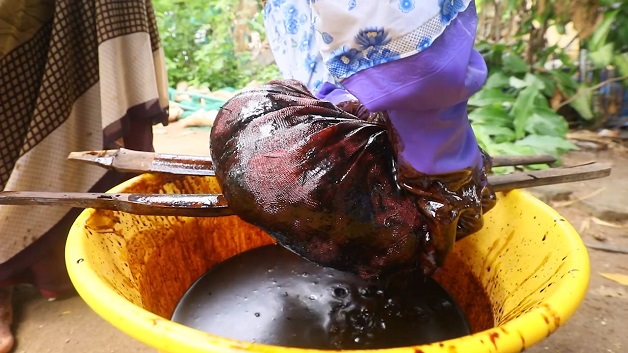
Seafood Fertilizer: Fertilizers made from seafood, such as fish or seaweed, provide a rich source of nitrogen, potassium, and minerals. To make seafood fertilizer, collect fish scraps or seaweed from your local seafood market or beach. Blend the seafood into a paste and mix it with water in a ratio of 1:10. Allow the mixture to ferment for several weeks before straining and diluting it with water. Apply the diluted fertilizer to your plants every few weeks during the growing season.

Grass Clippings: Grass clippings from mowed lawns are a valuable source of nutrients. To use grass clippings as fertilizer, spread a thin layer of freshly cut grass around the base of your plants. Alternatively, add the grass clippings to your compost pile to accelerate decomposition and enrich the compost.
Wheat Bran Fertilizer: Wheat bran contains high levels of potassium and other nutrients, making it an excellent fertilizer for plants. To make wheat bran fertilizer, mix wheat bran with water in a ratio of 1:3 and allow the mixture to ferment for several days. Strain the liquid and dilute it with water before applying it to your plants.
Rice Bran: Rice bran is a rich source of nitrogen and can be used as organic fertilizer for plants. To make rice bran fertilizer, soak rice bran in water for several days to soften it. Drain the water and spread the softened rice bran around the base of your plants. Alternatively, mix the rice bran with water to create a liquid fertilizer and apply it to your plants.
By following these simple instructions, you can create nutrient-rich organic fertilizers at home to nourish your plants and promote healthy growth. Experiment with different ingredients and techniques to find the best fertilizers for your garden. Happy gardening!


